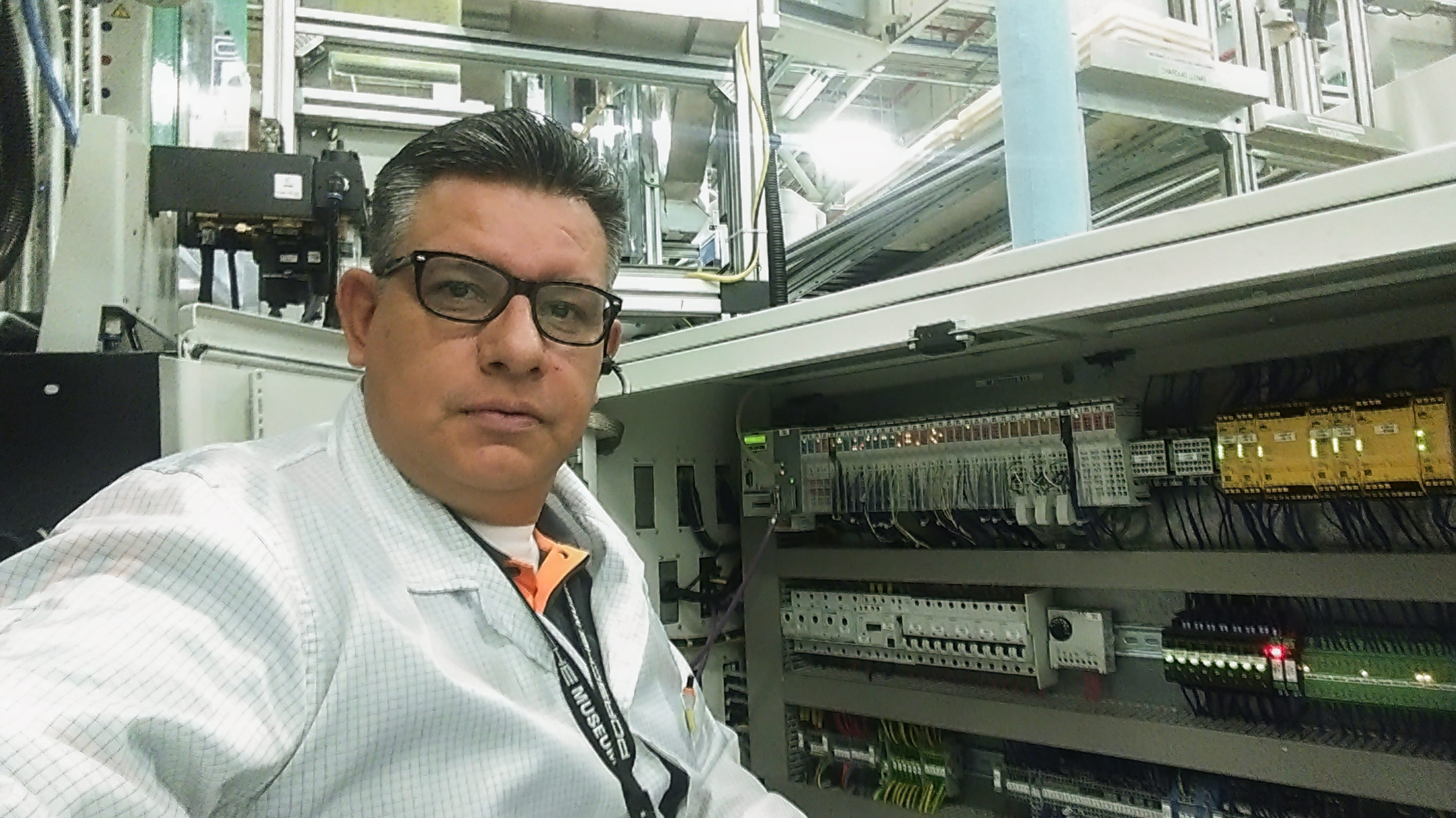One of the most challenging aspects of plastic injection molding is thin wall molding. Thin wall molding can vary depending on the industry and specific application, but typically, it refers to the manufacturing of plastic parts with wall thicknesses significantly thinner than traditional injection-molded parts. This thickness is typically less than 1mm (0.04 inches). However, some consider parts with a wall thickness as high as 2mm (0.08 inches) to be in the thin wall category. If a part has inconsistent wall thickness, this is called non-uniform wall thickness and is a whole other topic for a different day.
Thin wall molding presents unique opportunities and challenges, and understanding the do’s and don’ts is essential to achieve successful outcomes. In this blog post, we’ll explore the key considerations for thin wall molding in plastic injection molding.
The Do’s:
Do choose the right material: Select a material that is suitable for thin wall molding. High-flow materials, such as certain grades of polypropylene and ABS, are often preferred due to their excellent melt flow properties.
Do optimize mold design: Collaborate closely with experienced mold designers to ensure that the mold is specifically designed for thin wall molding. Features like proper venting, cooling channels, and gate placement are critical.
Do maintain uniform wall thickness: Keep wall thickness as consistent as possible throughout the part to prevent sink marks, warping, and other defects.
Do place gates carefully: Position gates strategically to minimize the impact on the part’s appearance. Edge gates or hot runner systems are often used to reduce gate marks, however when multiple gates are added, knit or weld lines can be created, so this is a challenge to take into consideration when determining gate placement.
Do control injection speed: Control the injection speed to maintain consistent part quality. High injection speeds are usually required for thin wall parts.
Do implement effective cooling: Ensure proper cooling channels are integrated into the mold to expedite the cooling process. Efficient cooling prevents deformities and helps maintain dimensional stability.
Do use process monitoring systems: Implement real-time monitoring systems (such as CoPilot®) to keep track of process variables like temperature, pressure, and injection speed. This allows for quick adjustments and quality control.
The Don’ts:
Don’t ignore material flow: Neglecting how material flows in the mold can lead to issues like short shots, warping, or uneven filling. Simulate flow analysis to understand material behavior.
Don’t rush the injection process: Avoid excessive injection speeds and pressures, as they can cause defects like jetting, part distortion, and premature mold wear.
Don’t neglect mold maintenance: Regularly maintain and clean the mold to prevent contamination and defects. Proper mold maintenance is crucial for consistent production.
Don’t overlook mold venting: Inadequate venting can result in trapped air and gas, leading to defects like burns and voids. Ensure proper venting to allow for the escape of gases.
Don’t forget part design considerations: Thin wall parts require specific design features such as ribbing, gussets, and bosses to maintain structural integrity.
Conclusion
Thin wall molding in plastic injection molding presents both opportunities and challenges. Achieving success in this process requires careful attention to material selection, mold design, wall thickness, gate placement, injection speed, cooling, and process monitoring. Conversely, neglecting these considerations can lead to a host of defects and manufacturing challenges.
By adhering to the do’s and avoiding the don’ts, you can master the art of thin wall molding and produce high-quality, precise, and visually appealing plastic components for a wide range of applications. Collaborating with experienced professionals and utilizing advanced simulation and monitoring tools can further enhance the success rate of thin wall molding projects, ensuring efficiency and consistency in production.
Need some help with your thin wall molding project? Don’t fret, our experts are here to help! Contact us with any questions you may have.



